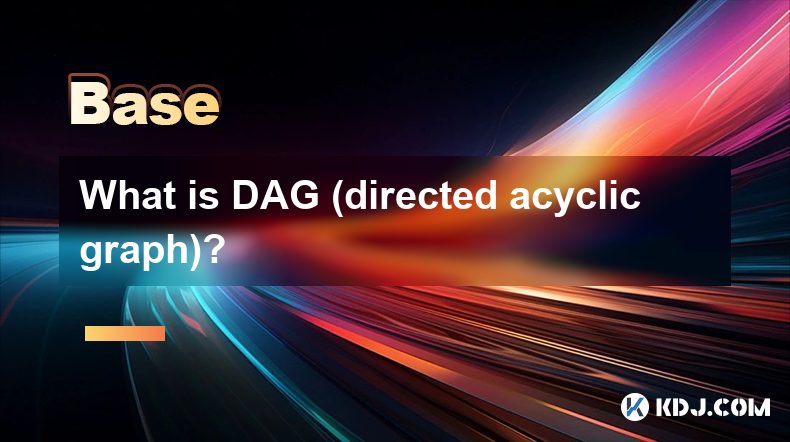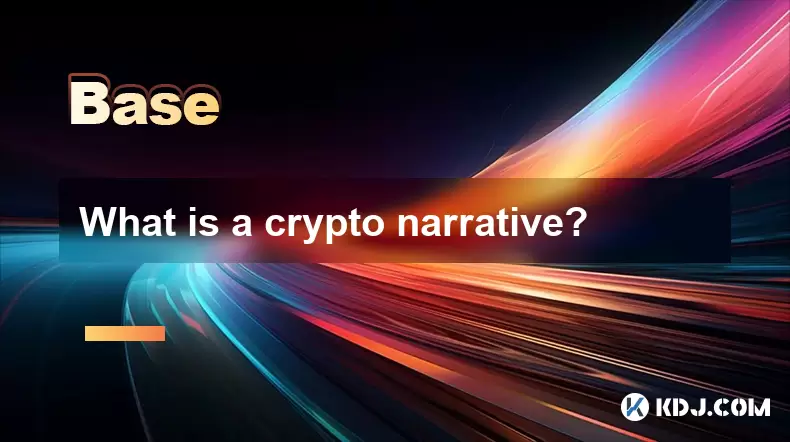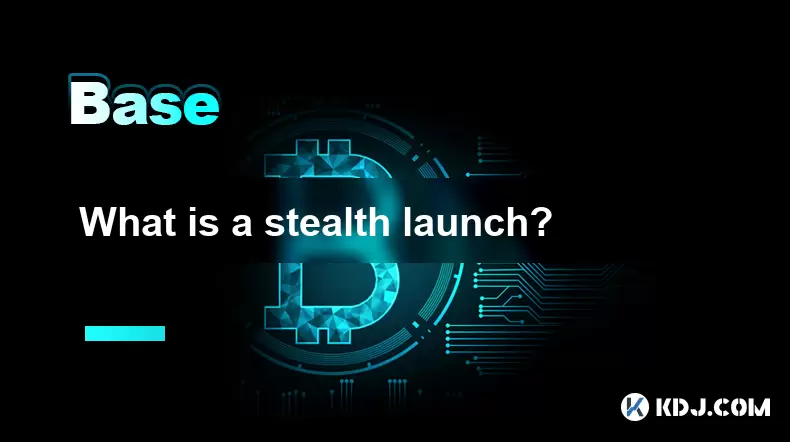-
 Bitcoin
Bitcoin $107,810.8710
-1.45% -
 Ethereum
Ethereum $2,531.4386
-1.75% -
 Tether USDt
Tether USDt $1.0000
-0.03% -
 XRP
XRP $2.2542
-0.99% -
 BNB
BNB $659.1350
-0.50% -
 Solana
Solana $148.5456
-2.40% -
 USDC
USDC $0.9999
-0.02% -
 TRON
TRON $0.2868
-0.44% -
 Dogecoin
Dogecoin $0.1666
-3.65% -
 Cardano
Cardano $0.5751
-2.36% -
 Hyperliquid
Hyperliquid $37.6845
-5.51% -
 Bitcoin Cash
Bitcoin Cash $494.9448
-0.65% -
 Sui
Sui $2.8396
-3.31% -
 Chainlink
Chainlink $13.2423
-2.59% -
 UNUS SED LEO
UNUS SED LEO $9.0482
0.02% -
 Stellar
Stellar $0.2467
-2.44% -
 Avalanche
Avalanche $17.8165
-3.63% -
 Shiba Inu
Shiba Inu $0.0...01158
-2.41% -
 Toncoin
Toncoin $2.7397
-3.42% -
 Hedera
Hedera $0.1560
-2.73% -
 Litecoin
Litecoin $85.8559
-2.34% -
 Monero
Monero $315.3710
-2.30% -
 Dai
Dai $1.0001
0.00% -
 Polkadot
Polkadot $3.3443
-2.03% -
 Ethena USDe
Ethena USDe $1.0001
0.01% -
 Bitget Token
Bitget Token $4.2888
-3.73% -
 Uniswap
Uniswap $7.3388
-1.57% -
 Aave
Aave $278.2986
-3.05% -
 Pepe
Pepe $0.0...09807
-3.67% -
 Pi
Pi $0.4563
-2.39%
What is DAG (directed acyclic graph)?
DAG cryptocurrencies, using directed acyclic graphs instead of linear chains, aim for faster transactions and better scalability than blockchains, but face challenges in security and consensus mechanism implementation.
Mar 11, 2025 at 11:55 am

Key Points:
- DAGs are a data structure different from blockchain's linear chain. They represent transactions as nodes, connected by directed edges showing dependencies.
- Unlike blockchains, DAGs don't require mining or consensus mechanisms in the traditional sense. Transaction confirmation relies on different approaches.
- DAG-based cryptocurrencies aim for higher transaction speeds and scalability compared to blockchain networks.
- Several challenges remain in achieving widespread adoption, including network security and preventing double-spending.
- Understanding DAG's functionality requires grasping its core concepts: acyclic nature, directed edges, and consensus mechanisms.
What is DAG (Directed Acyclic Graph)?
A Directed Acyclic Graph (DAG) is a data structure used in computer science to represent a collection of items (nodes) and their relationships (edges). In the context of cryptocurrencies, these nodes represent transactions, and the directed edges show the dependencies between them. The "directed" aspect means the edges have a specific direction, indicating the order of transactions. "Acyclic" means there are no cycles; you cannot follow the edges and end up back where you started. This acyclic nature is crucial for preventing double-spending.
How does a DAG differ from a Blockchain?
Blockchains organize transactions into blocks linked in a linear chain. Each block confirms the previous one, creating a chronological record. DAGs, however, organize transactions in a more flexible, graph-like structure. This allows for parallel processing of transactions, potentially leading to significantly faster confirmation times. Blockchains rely on energy-intensive mining processes for consensus, while DAGs often employ alternative consensus mechanisms, leading to different trade-offs in terms of security and scalability.
How does transaction confirmation work in a DAG?
Unlike blockchains, DAGs don't have blocks. Instead, new transactions are added to the graph by referencing previous transactions. This creates a network of dependencies. Different DAG-based cryptocurrencies use various methods to confirm transactions. Some rely on a voting system where nodes "vote" on the validity of transactions based on the number of confirming transactions pointing to them. Others utilize other sophisticated consensus mechanisms. The key is that confirmation doesn't rely on a centralized authority or a single, sequential process.
What are the advantages of using a DAG in cryptocurrencies?
DAGs offer the potential for significant improvements in transaction speed and scalability. Because transactions can be processed concurrently, the throughput of the network is potentially much higher than a blockchain. This could make them suitable for applications requiring high transaction volumes, such as microtransactions or decentralized finance (DeFi). Furthermore, some DAGs claim to require less energy for transaction processing.
What are the challenges of DAG-based cryptocurrencies?
Despite their potential advantages, DAGs face challenges. One major challenge is ensuring the security of the network and preventing double-spending. Without the strong sequential ordering of a blockchain, sophisticated mechanisms are needed to ensure that a transaction is not spent twice. Another challenge lies in achieving consensus across the network in a decentralized and efficient manner. The complexity of DAG consensus mechanisms can also make them difficult to understand and implement.
How are different DAGs implemented?
Various implementations of DAGs exist, each with its unique approach to consensus and transaction ordering. For example, IOTA uses a directed acyclic graph called the Tangle, which relies on a process called "confirmation by proof of work" where nodes confirm transactions by attaching new transactions to the network. Hashgraph is another DAG-based technology which employs a novel consensus mechanism focusing on efficiency and security. These differing implementations result in variations in transaction speeds, security guarantees, and overall system performance.
What are some examples of DAG-based cryptocurrencies?
Several cryptocurrencies utilize DAG technology. IOTA, one of the earliest and most well-known examples, aims to provide a feeless, scalable, and secure platform for the Internet of Things (IoT). Hedera Hashgraph, a private-public hybrid, utilizes a hashgraph consensus mechanism, claiming to offer high throughput and fast transaction confirmation times. These projects represent different approaches to the implementation and application of DAG technology in the cryptocurrency space.
What are the future prospects of DAG technology in cryptocurrencies?
The future of DAG-based cryptocurrencies remains uncertain. While they offer potential advantages in terms of speed and scalability, they also face significant challenges related to security and consensus. The success of these projects will depend on their ability to overcome these challenges and demonstrate their practical advantages over blockchain-based systems. The ongoing development and research in this area will likely shape the future landscape of cryptocurrency technology.
Common Questions and Answers:
Q: Is a DAG truly decentralized? A: The level of decentralization varies across different DAG implementations. While many aim for decentralization, the specific consensus mechanisms can influence the degree of control distributed across the network.
Q: How is double-spending prevented in a DAG? A: Double-spending prevention in DAGs relies on the acyclic nature of the graph and the consensus mechanism employed. Different DAGs utilize different methods, often involving weighted voting or similar approaches to establish the canonical transaction history.
Q: Are DAGs more energy-efficient than blockchains? A: Some DAGs claim to be more energy-efficient than proof-of-work blockchains, but this is not universally true and depends on the specific implementation and consensus mechanism. The energy consumption is a complex issue, dependent on various factors.
Q: What are the limitations of DAG technology? A: DAGs face challenges in achieving consensus, ensuring security, and handling large-scale network growth. The complexity of some DAG implementations can also hinder their adoption.
Q: Can DAGs replace blockchains entirely? A: It is unlikely that DAGs will completely replace blockchains. Both technologies have strengths and weaknesses, and their suitability depends on the specific application requirements. It's more probable that both will coexist, each filling different niches in the cryptocurrency ecosystem.
Disclaimer:info@kdj.com
The information provided is not trading advice. kdj.com does not assume any responsibility for any investments made based on the information provided in this article. Cryptocurrencies are highly volatile and it is highly recommended that you invest with caution after thorough research!
If you believe that the content used on this website infringes your copyright, please contact us immediately (info@kdj.com) and we will delete it promptly.
- BlockDAG Leads the Web3 Race with Sports Partnerships and Strategic Pricing
- 2025-07-08 10:50:12
- Pepe, Dogecoin, Shiba Inu: Meme Coin Mania or Calculated Crypto?
- 2025-07-08 10:30:12
- Bitcoin, Ethereum, and Tariff Tussles: Decoding the Crypto Market's Latest Moves
- 2025-07-08 10:30:12
- BOOM Airdrop 2025: Claim Tokens and Join the Web3 Revolution
- 2025-07-08 10:35:12
- Ethereum, Exchanges, and Price Resilience: Navigating the Crypto Landscape
- 2025-07-08 08:30:13
- Bitcoin's NVT Golden Cross: Is a Local Top Brewing?
- 2025-07-08 09:10:11
Related knowledge

What is a user-generated content (UGC) NFT platform?
Jul 04,2025 at 01:49pm
Understanding the Concept of a UGC NFT PlatformA user-generated content (UGC) NFT platform is a digital marketplace or ecosystem where users can create, mint, and trade non-fungible tokens (NFTs) that represent ownership of original digital content they produce. Unlike traditional NFT platforms where creators often include professional artists or develo...

What is composability in DeFi?
Jul 06,2025 at 04:07pm
Understanding the Concept of Composability in DeFiComposability in DeFi refers to the ability of decentralized finance protocols and smart contracts to interact seamlessly with one another, much like building blocks that can be combined in various ways to create new financial products and services. This concept is a core innovation within the DeFi ecosy...

What is a "crypto primitive"?
Jul 05,2025 at 10:14pm
Defining the Concept of a Crypto PrimitiveIn the context of blockchain and cryptocurrency, a crypto primitive refers to a fundamental building block or foundational element used in constructing decentralized systems and cryptographic protocols. These primitives are essential for enabling secure transactions, consensus mechanisms, and smart contract exec...

What is a crypto narrative?
Jul 07,2025 at 10:56pm
Defining the Concept of a Crypto NarrativeA crypto narrative refers to the overarching story or theme that drives interest, investment, and development within a particular segment of the cryptocurrency market. Unlike traditional financial assets, cryptocurrencies often gain momentum not solely based on technical merits but through compelling narratives ...

What is a stealth launch?
Jul 08,2025 at 06:42am
What Exactly Defines a Stealth Launch in Cryptocurrency?A stealth launch refers to the practice of launching a cryptocurrency project without prior public announcement or marketing efforts. This method is often used by development teams who prefer to keep their project under wraps until it reaches a certain level of maturity, adoption, or liquidity. Unl...

What is a fair launch?
Jul 05,2025 at 07:31pm
Understanding the Concept of a Fair LaunchA fair launch refers to the release of a cryptocurrency or blockchain project in a manner that ensures equal opportunity for all participants. Unlike traditional token launches, which may involve private sales, venture capital funding, or pre-mining, a fair launch emphasizes transparency and decentralization. In...

What is a user-generated content (UGC) NFT platform?
Jul 04,2025 at 01:49pm
Understanding the Concept of a UGC NFT PlatformA user-generated content (UGC) NFT platform is a digital marketplace or ecosystem where users can create, mint, and trade non-fungible tokens (NFTs) that represent ownership of original digital content they produce. Unlike traditional NFT platforms where creators often include professional artists or develo...

What is composability in DeFi?
Jul 06,2025 at 04:07pm
Understanding the Concept of Composability in DeFiComposability in DeFi refers to the ability of decentralized finance protocols and smart contracts to interact seamlessly with one another, much like building blocks that can be combined in various ways to create new financial products and services. This concept is a core innovation within the DeFi ecosy...

What is a "crypto primitive"?
Jul 05,2025 at 10:14pm
Defining the Concept of a Crypto PrimitiveIn the context of blockchain and cryptocurrency, a crypto primitive refers to a fundamental building block or foundational element used in constructing decentralized systems and cryptographic protocols. These primitives are essential for enabling secure transactions, consensus mechanisms, and smart contract exec...

What is a crypto narrative?
Jul 07,2025 at 10:56pm
Defining the Concept of a Crypto NarrativeA crypto narrative refers to the overarching story or theme that drives interest, investment, and development within a particular segment of the cryptocurrency market. Unlike traditional financial assets, cryptocurrencies often gain momentum not solely based on technical merits but through compelling narratives ...

What is a stealth launch?
Jul 08,2025 at 06:42am
What Exactly Defines a Stealth Launch in Cryptocurrency?A stealth launch refers to the practice of launching a cryptocurrency project without prior public announcement or marketing efforts. This method is often used by development teams who prefer to keep their project under wraps until it reaches a certain level of maturity, adoption, or liquidity. Unl...

What is a fair launch?
Jul 05,2025 at 07:31pm
Understanding the Concept of a Fair LaunchA fair launch refers to the release of a cryptocurrency or blockchain project in a manner that ensures equal opportunity for all participants. Unlike traditional token launches, which may involve private sales, venture capital funding, or pre-mining, a fair launch emphasizes transparency and decentralization. In...
See all articles

























































































